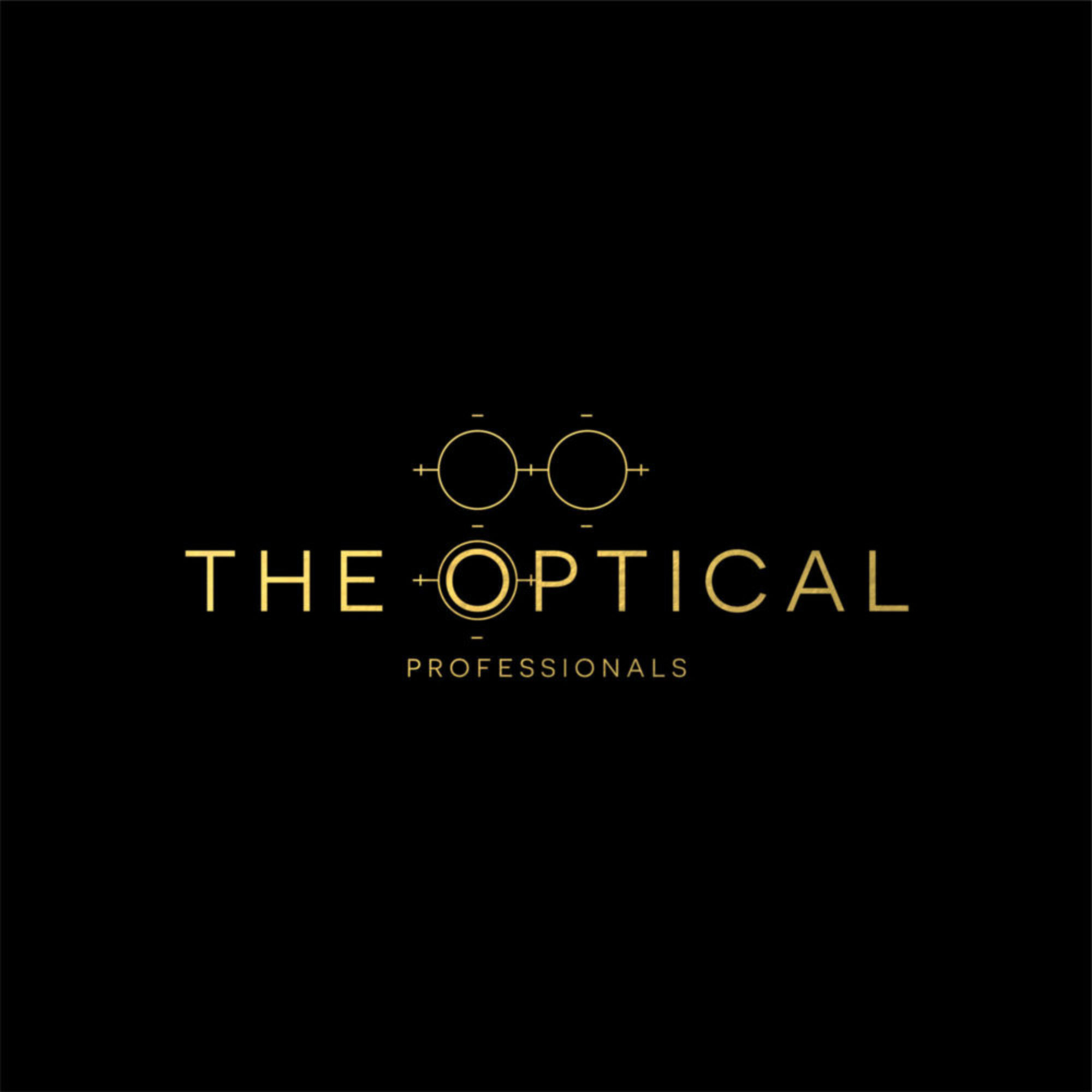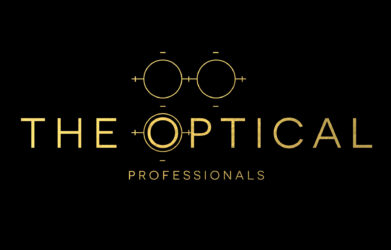So… Blue Light Filtering Lenses… What are they? How do they protect you? Do you “need” them? Do they even work?!
Let’s chat about what “Blue Light” is, first and foremost. Without getting too wrapped up in the science of Blue Light technology, Blue Light is a High-Energy Visible (HEV) Light with one of the shortest visible wavelengths viewable by the eye. The wavelength of Blue Light is between 380nm to ~500nm.
With that being said, Blue Light is not your enemy. Let’s think of it as a “Double Edged Sword”. While Blue Light coming from it’s most natural source (The Sun) is good for you, our many other artificial sources (Cell Phones, Tablets, Fluorescent Lighting, etc.) introduce an inundation of Blue Light to our eyes, more than we are equipped to handle. Exposure to too much Blue Light over a prolonged period of time can potentially lead to Macular Degeneration, Eye Fatigue and Decreased REM sleep, to name a few.
There are two main lens technologies that address our Blue Light Dilemma:
- Indoor Blue Light Filtering
- Outdoor Blue Light Filtering
Indoor Blue Light Filtering
Indoor Blue Light Filtering Lenses are simply lenses that are suitable for use when the wearer is not outdoors… as the name states. These lenses can be, but not limited to, Light Responsive (Photochromic)[I/O] Lenses, a Clear Blue Light Filtering Lens, and amber Blue Light Filtering Lens and Special Coatings that Filter/Block Blue Light.
All of these options would be suitable for indoor use and would not impede on the clarity of your vision indoors.
Outdoor Blue Light Filtering
The outdoor Blue Light Filtering options are basically all of the lenses that help protect your eyes from the sun and any outdoor HEV sources. These lenses can be, but aren’t limited to, Polarized Sun Lenses, Light Responsive Lenses (I/O) and Mirror/Flash Mirror Lenses to name a few.
The absolute best protection for your eyes outdoors is with a pair of Polarized Sunglasses. Polarization is not just the best Blue Light Filtering lens option for outdoor use, it also blocks out the “Blinding Glare” from the sun and reflective surfaces while keeping your eyes relaxed and protected. *Please don’t wear sunglasses at night while driving. Wearing sunglasses while driving at night can hinder your vision and prove to be quite hazardous.
So, do you NEED Blue Light Filtering Lenses (Indoors)?
The short answer is “No”, you don’t NEED the lenses, HOWEVER, the long answer would include all the benefits you’d be taking advantage of if you do use them. “You only get one set of eyes” a mentor of mine used to say. Why not take precautionary steps to keep them in great shape? The usage of Blue Light Filtering (indoor) Lenses would only benefit the user, with no discernible drawbacks.
Do you NEED Blue Light Filtering Lenses (Outdoor)?
The short answer is “Absolutely”, without a doubt. Polarized Sun Lenses are the best protection for your eyes while you’re outdoors, whether that be on the Water, Snow, Fields or any outdoor environment, Polarized Protection is always the best option for outdoor wear. Each Polarized lens color option has it’s benefits when worn. Consult your local Optical Shop or a trusted Licensed Optician to help you determine which Polarized lens option is best for your needs. “To look and see your best, a Licensed Optician is your vision expert”.

